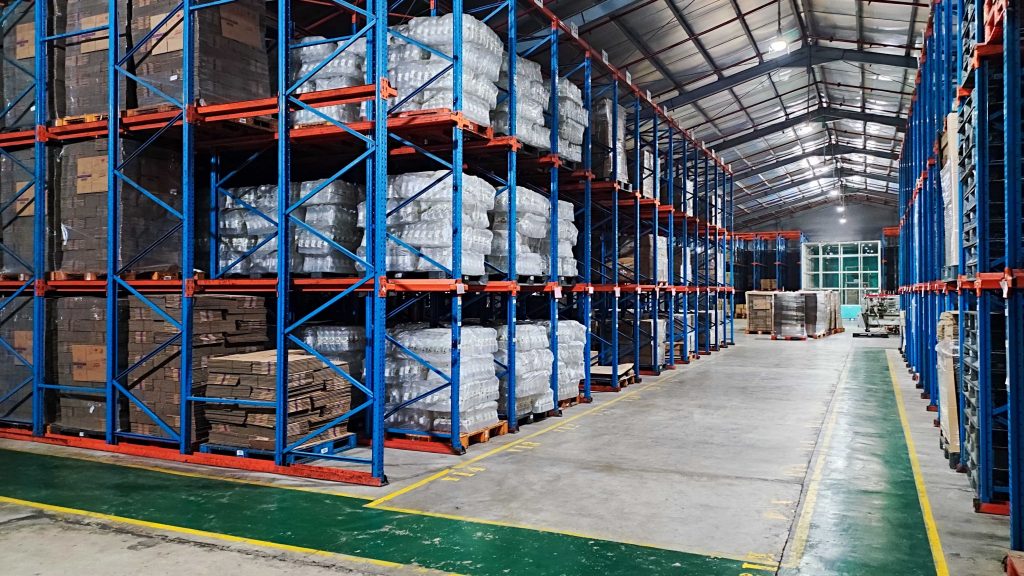
If you’re managing a warehouse of any size, then it’s vital to know your responsibility to your workers. In particular, you have to be mindful of your responsibility to help them avoid illness and injury caused by the workplace. Being careful isn’t enough, you need to be mindful of the most common causes of injury in the warehouse environment, and what you can do to mitigate them.
Slips and trips
Slips, trips, and falls are the most common cause of workplace injuries, regardless of workplace type. However, in warehouses, they can be a little more common. Routine cleaning of the warehouse floor is vital, but any wet floors demand clear signage in advance, especially if people are likely to carry objects through there. Make sure that you have adequate flooring and enforce rules on workers wearing boots that provide a good grip, too.
Vehicle collisions
If you have any vehicles or heavy machinery moving through your warehouse, then never underestimate the serious damage or harm they can cause if handled inappropriately. Make sure that only people licensed to use them are ever behind their wheel, and strictly enforce rules about speeding and mindful driving. You might also want to use floor markings to clearly delineate areas that are used for walking and areas used for vehicles. If there are vehicles in the warehouse, workers shouldn’t be wearing earphones or headphones that can reduce their awareness of them, either.
Falling accidents
A lot of warehouses will use stacking arrangements to store goods above other goods. It’s an effective way to save space, but the higher these go, the greater the risk of injury. Try not to stack heavy objects high up, especially if people have to climb ladders to get to them. If they are particularly heavy or high, genie lift hire can help you much more safely retrieve goods from spaces that might otherwise be dangerous. Falling from height is a serious risk, as is carrying heavy objects. Combine both of those and you’re asking for trouble.
Lifting injuries
Your workers don’t necessarily need to be reaching too high to experience a risk of injury when lifting items. Teaching them proper lifting form, such as lifting with their hips rather than their back, being mindful of their fingers when rounding corners or going through doors, and knowing when to get help can be vital. If you can provide trolleys to secure their way, that’s even better.
Harmful substance exposure
Not every warehouse is going to be storing toxic or harmful substances, but those that do need to make extra sure that workers are protected from them. You shouldn’t assume that seals on such materials are always working effectively. Make sure that you have the right PPE available, such as masks, visors and goggles, to prevent exposure even if there are no visible or active signs of it. Train your team to recognise signs of leaks or broken seals, too.
The provision of the right equipment, training on work safety, and enforcement of any safety standard are all vital to ensure a healthy and safe warehouse. Don’t neglect to make it a priority of yours.